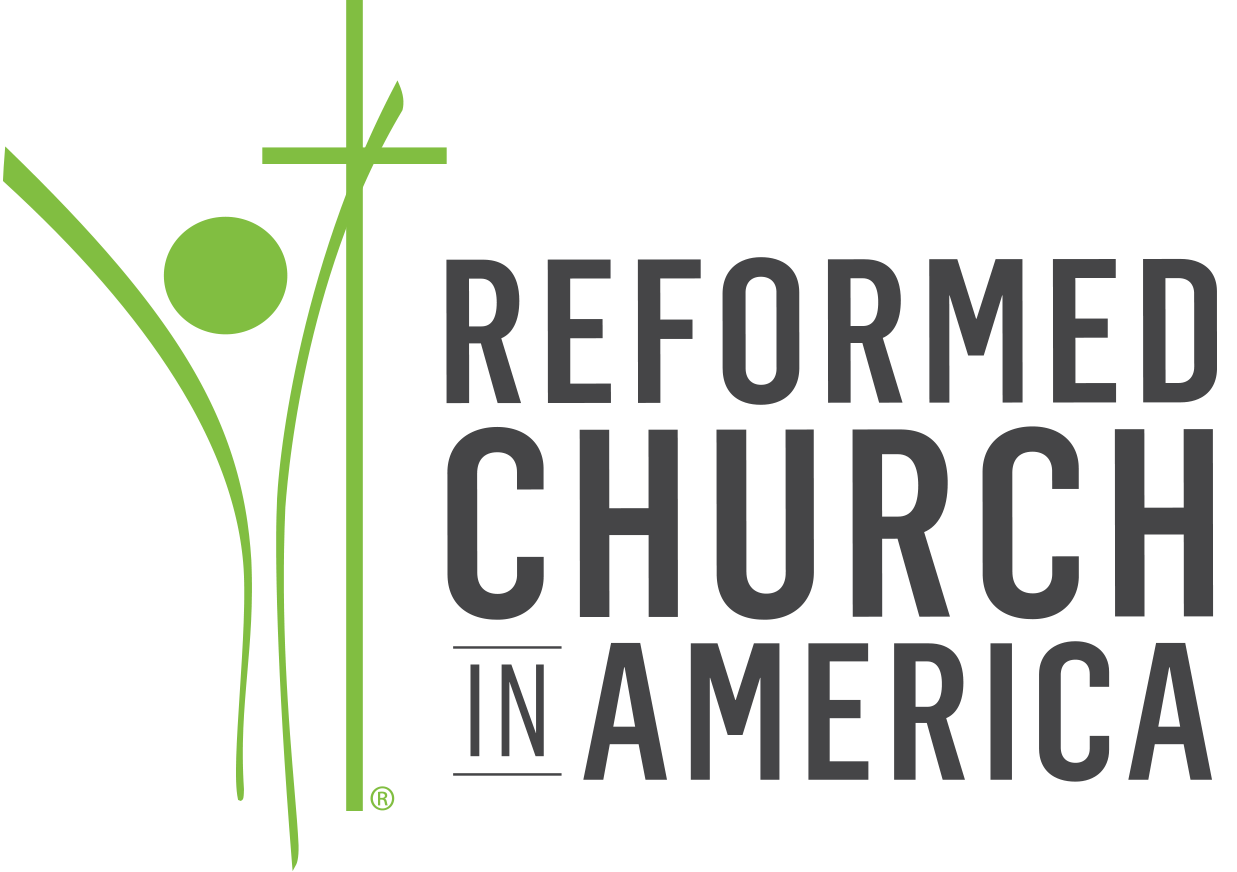Hardship withdrawals
Has an unexpected life circumstance created a need for you to access your retirement funds before you are eligible to start receiving distributions? You may be eligible to take a hardship withdrawal.
RCA 403(b) Retirement Program:
Hardship Distribution: A distribution made that is deemed necessary to meet an immediate and heavy financial need.
Approved Hardship Withdrawals from the RCA 403(b) Retirement Program:
Under a “safe harbor” in IRS regulations, a participant is automatically considered to have an immediate and heavy financial need if the distribution is for any of these:
- Certain medical care expenses for the participant, the participant’s spouse, dependents or beneficiary.
- Costs directly related to the purchase of a participant’s principal residence (excluding mortgage payments).
- Tuition, related educational fees and room and board expenses for the next 12 months of postsecondary education for the participant or the participant’s spouse, dependents or beneficiary.
- Payments necessary to prevent the eviction of the participant from the participant’s principal residence or foreclosure on the mortgage on that residence.
- Funeral expenses and burial for the participant, the participant’s spouse, dependents, or beneficiary.
- Certain expenses to repair damage to the participant’s principal residence.
- Certain expenses and losses (including income) on account of a disaster declared by the Federal Emergency Management Agency (FEMA).
For more details, see section 7.9 of the Plan Document
RCA Retirement Plan:
Hardship Distribution: Distribution of amounts under the Plan may be made available to a participant (or a beneficiary) in the event a participant demonstrates a need based on an unforeseeable emergency.
Possible Hardship Withdrawals from the RCA Retirement Plan:
- Medical care expenses for a sudden and unexpected illness or accident for the participant, the participant’s spouse, dependents or beneficiary.
- Loss of the participant’s property due to casualty,
- Other similar extraordinary and unforeseeable circumstances arising as a result of events beyond the control of the participant. The circumstances that will constitute an unforeseeable emergency will depend upon the facts of each case.
Exclusions and restrictions:
- Examples of what are not considered to be unforeseeable emergencies include the need to send a participant’s child to college or the desire to purchase a home.
- Withdrawals of amounts because of an unforeseeable emergency must only be permitted to the extent reasonably needed to satisfy the emergency need.
- Payments will not be made if the hardship can be relieved by:
- Insurance reimbursement or compensation
- Liquidation of participant’s assets
- Cessation of employee deferrals
For more details, see section 7.2 of the Plan Document
